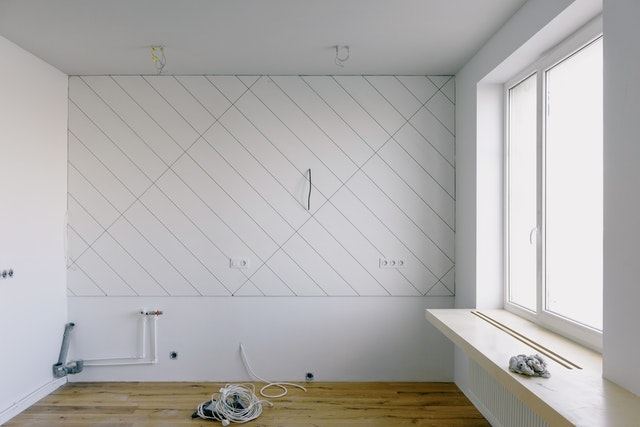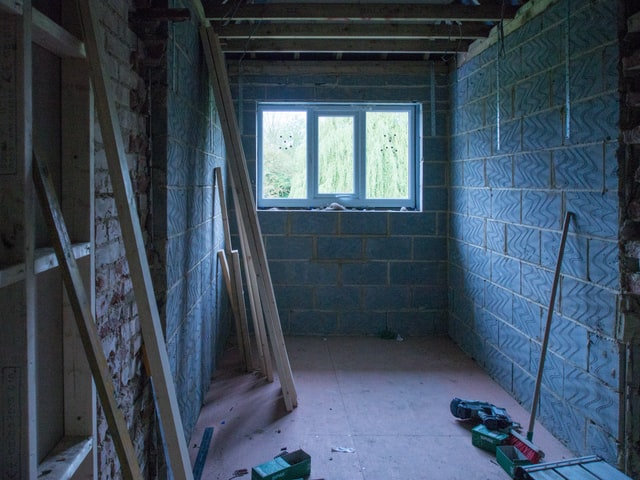As you plan, sit in the space at different times of the day and note how light enters the room. Perhaps your plan to divide a room allows plenty of windows in both new spaces, but are you blocking morning sun from the new breakfast nook? What can you do to keep the alteration from having a negative impact on the space? Can you add interior windows or a half-wall partition that lets the light continue to penetrate deeply into the space? Filling the top half of the wall with glass blocks is an effective way to create privacy without blocking light.
Traffic is the other issue that deserves serious consideration. Will your proposed change redirect traffic through your house? Will the kitchen suddenly become the preferred thoroughfare to the back door? It may be worth marking off the proposed spaces with tape, or even cardboard, to try out various arrangements before settling on the final plan.
Is This Wall Structural?
As you plan a remodeling job, you’ll begin to see your house in a new light. Things that appeared permanent before-walls, for example-may not seem that way anymore. You will soon realize that almost any alteration is possible, if you are willing to do the work and bear the expense. Before you get carried away and start knocking down walls, however, you need to understand that there are two kinds of walls in a house: bearing and nonbearing (or partition) walls.
Bearing walls help carry the weight of the building and its contents to the ground. Partition walls simply divide up the space. It is far easier to remove or relocate a partition wall than it is to do the same to a bearing wall. In many cases you may want to rethink your project before deciding to remove or modify a bearing wall.
How To Spot The Difference
The next step in planning is to determine whether an interior wall is a bearing wall. This book deals only with interior remodelling, so discussion is limited to interior walls.
If the wall runs parallel to the ceiling and floor joists, it is probably not a bearing wall. Short closet walls, for example, usually are not bearing. If the wall runs perpendicular to the ceiling and floor joists, there is a good chance that is a bearing wall.
How can you tell which way the joists run? Most of the time joists run perpendicular to the roof’s ridgeline. If the wall is under an attic, go up there and see if the joists cross over the wall. If joists end on top of a wall, you know for sure it’s a bearing wall. If the attic has floorboards, they run across the joists, and you’ll see the lines of nails where they are fastened to the joists. If your roof is supported by trusses, the answer is simpler. Trusses have diagonal pieces that run from the attic floor to ceiling. They transfer the weight of the roof only to the outside walls, so all the interior walls in the story directly below are probably partition walls.
If you can’t check above, check below. Is there a wall directly under the one you want to remove or modify? If there is, they are probably both bearing walls. If there is a basement or crawlspace below the wall you want change, go there and see if a beam supported by posts or piers is directly under the wall. If so, you can assume the wall above is bearing.




